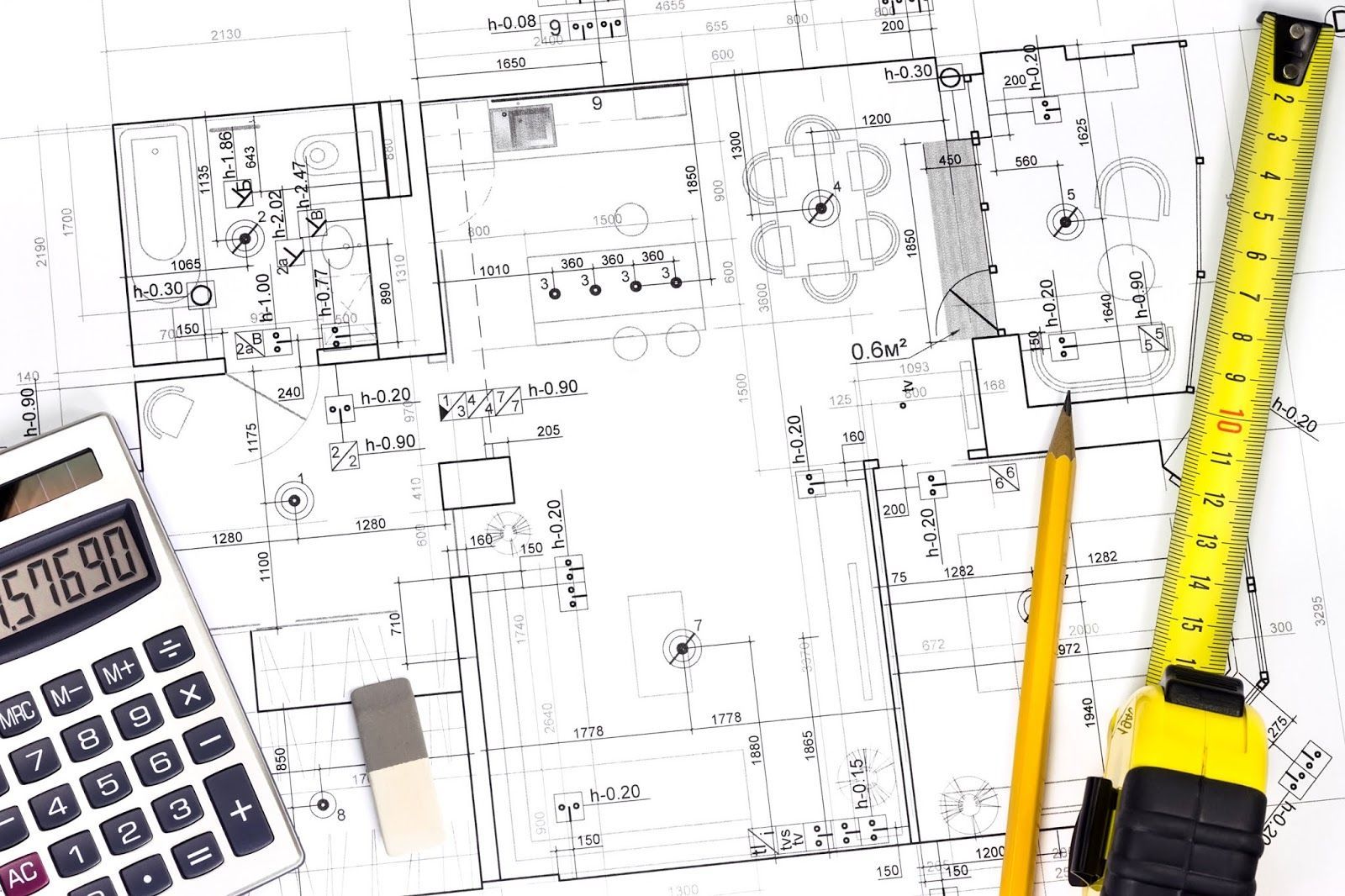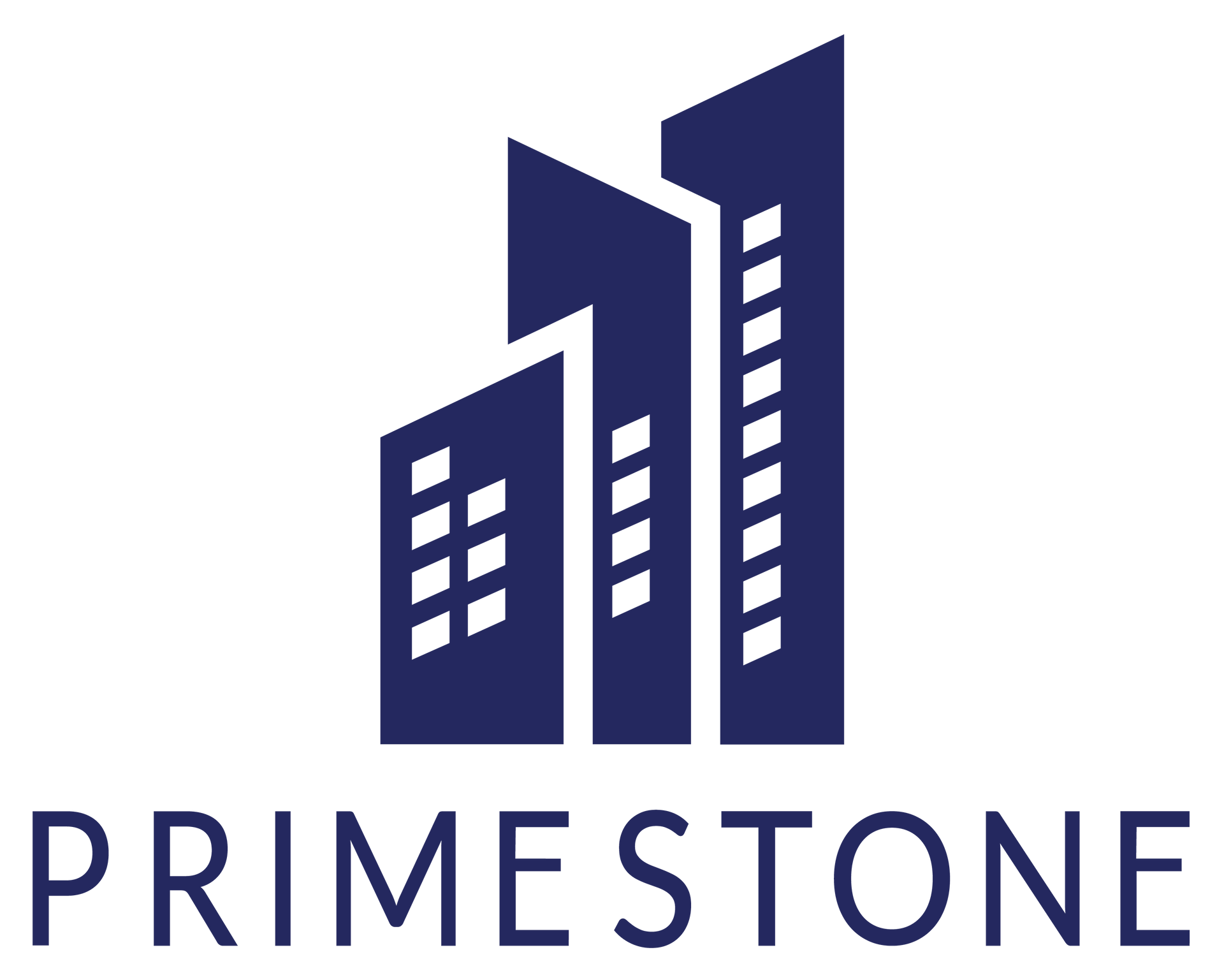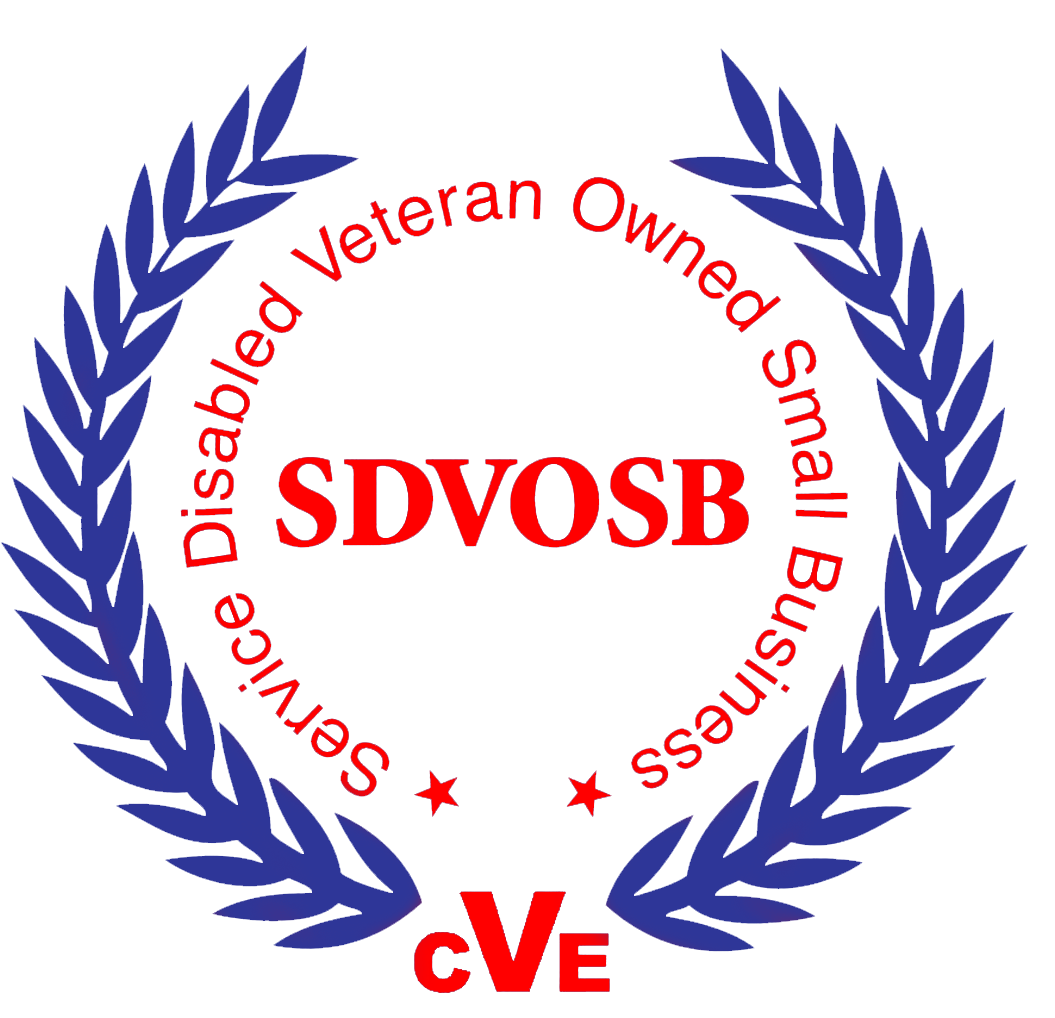Bad Estimates = Big Problems
Why Schedule Delays and Budget Overruns Are Often Rooted in Poor Cost Estimation

When it comes to construction projects, the most common pitfalls, schedule delays and budget overruns, are not just inconveniences. They are expensive, disruptive, and often entirely preventable. But here’s the hard truth: at the heart of these problems lies one critical factor that often gets overlooked: poor cost estimation.
It's not a coincidence that, according to a study by The Project Management Institute, nearly 30% of construction projects globally experience cost overruns, while 25% of projects face schedule delays. And yet, in many cases, the key to mitigating these risks lies in something far more fundamental than project management itself: accurate and thorough cost estimation.
Why Cost Estimation Is More Than Just a Number
At first glance, cost estimation might seem like a small cog in the machine of project management. But it’s the engine that drives the entire project. Think of it this way: a project’s budget is like a roadmap. If the starting point isn’t clear, how can the project stay on course? Inaccurate cost estimates lead to either over- or under-budgeting, which immediately impacts the project's timeline and scope.
Let’s talk about it. Poor cost estimation is often the primary reason behind schedule delays and cost overruns. Without an accurate understanding of what each phase of the project will cost, project owners and A/E firms are setting themselves up for failure. It’s simple; underestimating or failing to account for hidden costs and potential risks can have catastrophic impacts on the overall schedule.
The Ripple Effect: How Poor Estimating Becomes a Legal Nightmare
Cost estimation isn't just a matter of keeping numbers in check. It’s a matter of avoiding legal disputes. When estimates are off, it triggers a domino effect that often leads to contract renegotiations, claims for extra costs, and dispute resolutions that eat into both time and money.
According to The American Bar Association, over 60% of construction disputes involve cost overruns and schedule delays. The bigger the gap between initial estimates and actual costs, the more likely it is that disputes will arise and the more likely that costs will increase. The result? Legal battles, project stoppages, and strained relationships with stakeholders. For project owners and A/E firms, this means a higher risk of delays and even costlier legal battles. In other words, poor estimation is not just an inconvenience, it’s a direct path to financial strain and legal headaches.
The Solution: Integrating Cost Estimation Into Project Management
So, what can project owners and A/E firms do to stop the cycle of delays and overruns? The answer is simple but often ignored: integrating cost estimators as key team members early on in the project lifecycle. As experts who understand the intricacies of pricing, risk mitigation, and future forecasting, cost estimators should work in tandem with project managers to ensure a realistic and accurate budget.
Cost estimators provide the crucial information that enables accurate planning and risk management, offering insights into potential cost fluctuations and hidden expenses before they spiral into full-blown issues. By engaging cost estimators throughout the project, firms can stay ahead of potential roadblocks and ensure that the project stays on track both financially and chronologically.
Why A&E Firms and Project Owners Must Adapt
It’s time to acknowledge the truth. Construction projects can’t thrive without a clear, reliable cost estimation process. In fact, as the data shows, poor estimation doesn’t just affect the project’s bottom line; it affects timelines, relationships with clients, and potential future work.
Cost estimators must be viewed as critical partners, not afterthoughts. When brought into the fold early in the process, they help guarantee that a project’s budget is both feasible and reflective of the reality on the ground. By taking the time to invest in accurate cost forecasting, project owners and A/E firms can sidestep delays, avoid costly disputes, and ultimately ensure the timely, successful delivery of their projects.
The next time you’re embarking on a construction project, ask yourself: Is my team relying on accurate, thorough cost estimation to prevent schedule delays and budget overruns? Or are we setting ourselves up for failure? It’s a question that could save both time and money; and perhaps avoid a costly legal dispute down the road.
Let’s make cost estimation a priority not an afterthought.
Sources:
- The Project Management Institute, Global Construction Survey: 2019
- The American Bar Association, Construction Dispute Study: 2021
